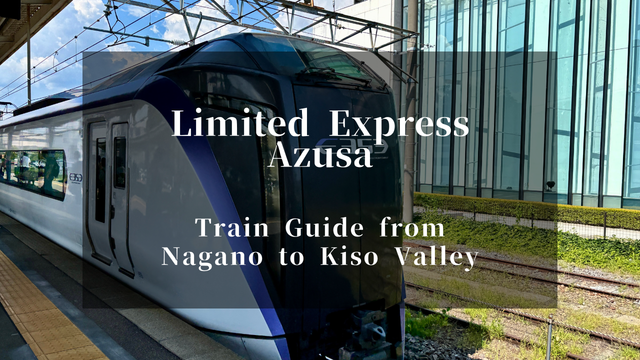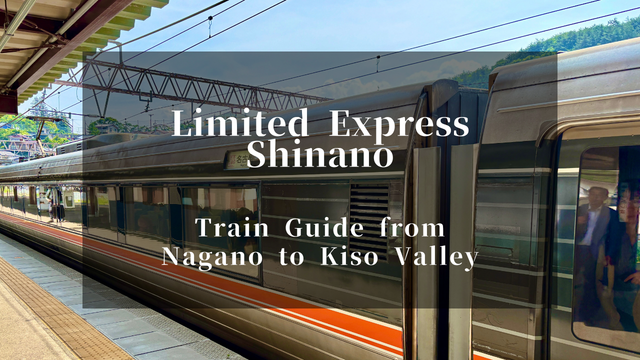The Tokaido & Sanyo Shinkansen (a bullet train) is Japan's leading high-speed rail line, connecting Tokyo (東京) to Hakata (博多) in Fukuoka (福岡), covering a distance of 1,174.9km. Since its launch in 1964, it has boasted world-class safety and punctuality, serving approximately 380 million passengers annually. This line features three train types: のぞみ(Nozomi), ひかり(Hikari), こだま(Kodama) .
Basic Information about the Shinkansen (a bullet train)
The Tokaido & Sanyo Shinkansen (a bullet train) line runs from Tokyo Station (東京駅) to Hakata Station (博多駅) in Fukuoka (福岡), Kyushu area. The maximum speed is 320km/h (for Nozomi and Hikari services), operating from early morning (around 5:00) to late night (around 0:00). It connects a total of 29 stations: 17 on the Tokaido Shinkansen line and 12 on the Sanyo Shinkansen line.
Seat Types
The following seat types are available on all trains, though carriage formation and numbers vary by train:
Non-reserved seats (自由席): No reservation needed, first-come, first-served.
Reserved seats (指定席): Advance reservation required.
Green Car (グリーン車): First class.
Onboard Facilities
There are no major differences in onboard facilities between Nozomi, Hikari, and Kodama trains.
The important things for travellers should know is that there are no in-train sales or vending machines. The only trains that allow you to order food via smartphone are the Green Cars on Nozomi(のぞみ) and Hikari(ひかり) trains. Don't forget to buy drinks and foods at the kiosk on the platform before boarding.
Power outlets at all seats
Free Wi-Fi
Toilets
The fare is the same
The fares for non-reserved seats on Nozomi, Hikari, and Kodama are all the same. However, for reserved seats, the fare is slightly higher on the Nozomi train only.
You cannot use Suica without registration
To use an IC card such as Suica for the Tokaido & Sanyo Shinkansen (a bullet train), you must first register and link your IC card with an online service or at a ticket vending machine. You cannot board by simply tapping an unregistered IC card.
The difference between three types of train
From here on, we will focus on the differences between Nozomi, Hikari, and Kodama, particularly the stations they stop at and journey time.
Nozomi (のぞみ): The Fastest Option
The Nozomi is the top-tier service, offering the quickest journey to your destination.
Stops
Tokaido Shinkansen (a bullet train) section: Tokyo (東京), Shinagawa (品川), Shin-Yokohama (新横浜), Nagoya (名古屋), Kyoto (京都), Shin-Osaka (新大阪)
Sanyo Shinkansen (a bullet train) section: Shin-Kobe (新神戸), Okayama (岡山), Hiroshima (広島), Kokura (小倉), Hakata (博多)
Journey Times
Tokyo (東京) to Shin-Osaka (新大阪): 2 hours 30 minutes
Tokyo (東京) to Kyoto (京都): 2 hours 15 minutes
Tokyo (東京) to Nagoya (名古屋): 1 hour 40 minutes
Tokyo (東京) to Hiroshima (広島): 4 hours
Tokyo (東京) to Hakata (博多): 5 hours
Non-reserved Seats (自由席)
Usually, 10 carriages are for reserveed seats and only 3 carriages are for non-reserved seats. So, we recommend to purchase reserved seats tickets.
Important: The Nozomi is not covered by the JR Pass. A separate special ticket (¥4,960) is required.
Hikari (ひかり): The Balanced Choice
The Hikari offers a good balance of speed and convenience.
Stops
Tokaido Shinkansen (a bullet train) section: Tokyo (東京), Shinagawa (品川), Shin-Yokohama (新横浜), Odawara (小田原), Atami (熱海), Mishima (三島), Shizuoka (静岡), Hamamatsu (浜松), Nagoya (名古屋), Gifu-Hashima (岐阜羽島), Maibara (米原), Kyoto (京都), Shin-Osaka (新大阪)
Sanyo Shinkansen (a bullet train) section: Shin-Kobe (新神戸), Nishi-Akashi (西明石), Himeji (姫路), Aioi (相生), Okayama (岡山), Shin-Kurashiki (新倉敷), Fukuyama (福山), Shin-Onomichi (新尾道), Mihara (三原), Higashi-Hiroshima (東広島), Hiroshima (広島), Shin-Iwakuni (新岩国), Tokuyama (徳山), Shin-Yamaguchi (新山口), Asa (厚狭), Shin-Shimonoseki (新下関), Kokura (小倉), Hakata (博多)
*Stops may vary slightly depending on the specific train.
Journey Times
Tokyo (東京) to Shin-Osaka (新大阪): 3 hours
Tokyo (東京) to Kyoto (京都): 2 hours 40 minutes
Tokyo (東京) to Nagoya (名古屋): 1 hour 50 minutes
Tokyo (東京) to Hiroshima (広島): 4 hours 30 minutes
Tokyo (東京) to Hakata (博多): 5 hours 30 minutes
Non-reserved Seats (自由席)
Usually, 8 carriages are for reserveed seats and 5 carriages are for non-reserved seats. So, it is not so difficult to find a seat without reservations. However, if you travel with your girl friend or groups, we recommend that you should buy reserved-seats tickets too.
Kodama (こだま): Stop at the all-stations
The Kodama is an all-stations service, stopping at all 29 stations, making it ideal for accessing regional cities.
Stops (All Stations)
Tokaido Shinkansen (a bullet train) section: Tokyo (東京), Shinagawa (品川), Shin-Yokohama (新横浜), Odawara (小田原), Atami (熱海), Mishima (三島), Shin-Fuji (新富士), Shizuoka (静岡), Kakegawa (掛川), Hamamatsu (浜松), Toyohashi (豊橋), Mikawa-Anjo (三河安城), Nagoya (名古屋), Gifu-Hashima (岐阜羽島), Maibara (米原), Kyoto (京都), Shin-Osaka (新大阪)
Sanyo Shinkansen (a bullet train) section: Shin-Kobe (新神戸), Nishi-Akashi (西明石), Himeji (姫路), Aioi (相生), Okayama (岡山), Shin-Kurashiki (新倉敷), Fukuyama (福山), Shin-Onomichi (新尾道), Mihara (三原), Higashi-Hiroshima (東広島), Hiroshima (広島), Shin-Iwakuni (新岩国), Tokuyama (徳山), Shin-Yamaguchi (新山口), Asa (厚狭), Shin-Shimonoseki (新下関), Kokura (小倉), Hakata (博多)
Journey Times
Tokyo (東京) to Shin-Osaka (新大阪): 4 hours
Tokyo (東京) to Kyoto (京都): 3 hours 50 minutes
Tokyo (東京) to Nagoya (名古屋): 2 hours 50 minutes
Tokyo (東京) to Hiroshima (広島): 6 hours
Tokyo (東京) to Hakata (博多): 7 hours 30 minutes
Non-reserved Seats (自由席)
Usually, 3 carriages are for reserved seats and 10 carriages are for non-reserved seats. These are the least crowded, making it easiest to secure a seat. We think it is not mandatory to purchase non-reserved seats.
Important Advice for JR Pass Users
Covered by JR Pass
Hikari(ひかり) (all sections)
Kodama(こだま)(all sections)
Not Covered by JR Pass
Nozomi (a separate express ticket of ¥4,960 is required)

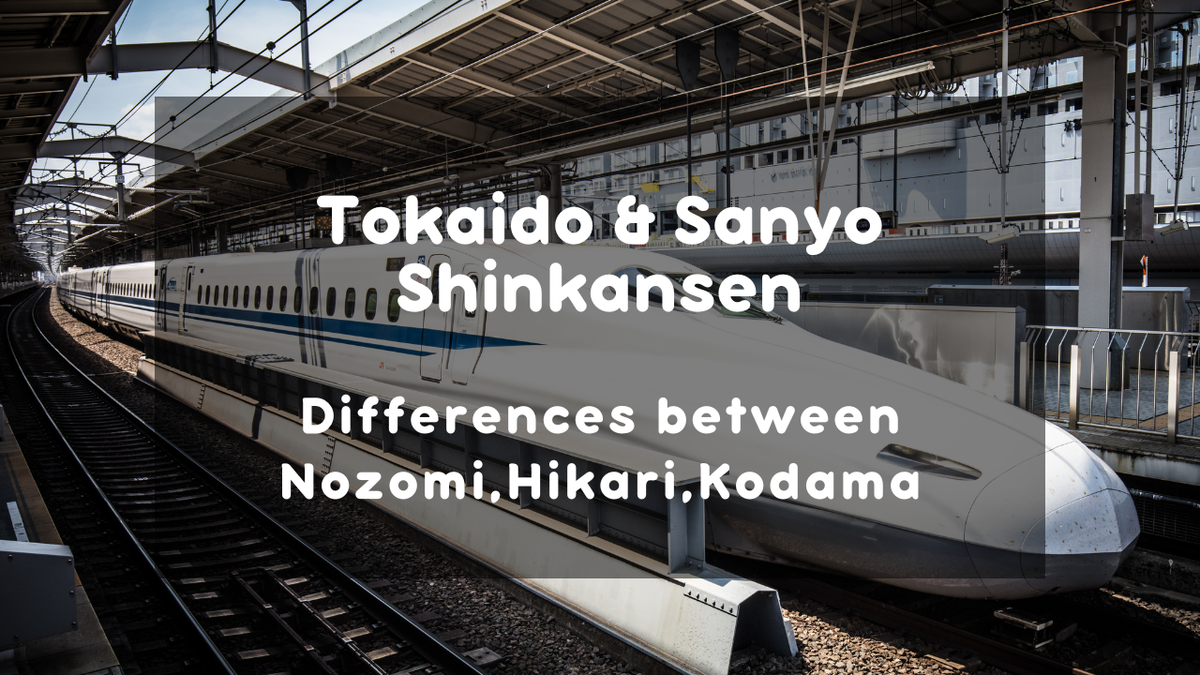
.png?width=120&height=120)

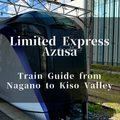
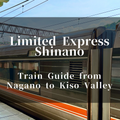
.png?size=640x360)

